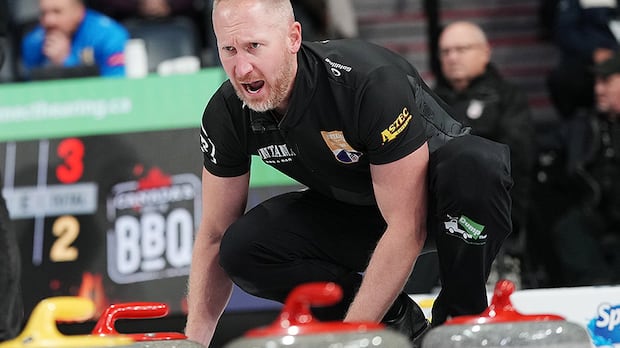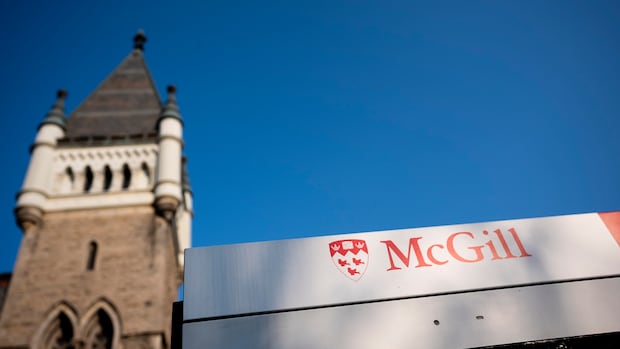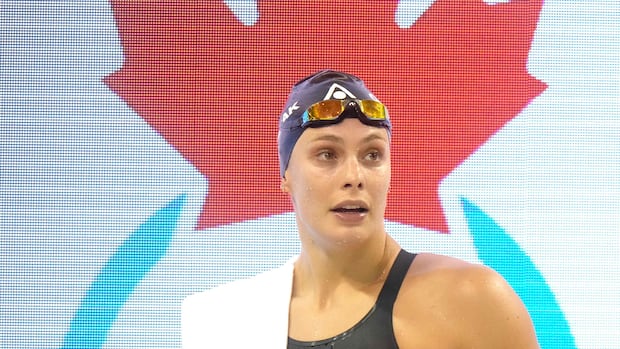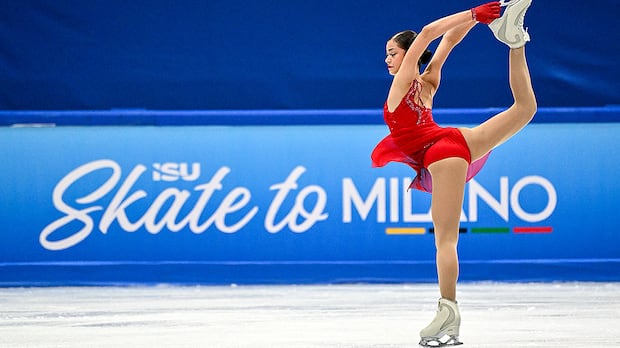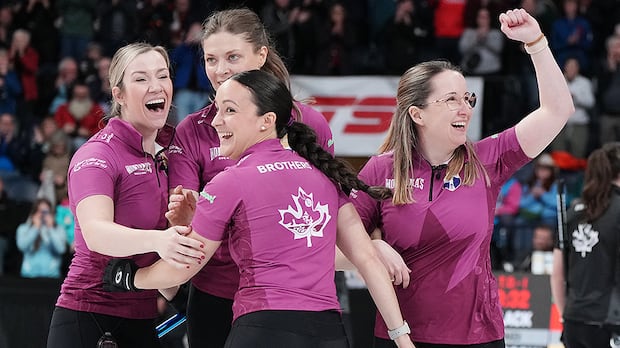Monday morning McGill University’s athletic department announced plans to eliminate 15 sports, and if you view life as a series of budget line items, the prospect of a prestigious institution slashing half of its sports teams is awesome news.
Of course, there’s context. This past February, McGill revealed that it faced a $15 million budget shortfall, and the following month said it would cut 100 jobs to save money.
And McGill is in Montreal and not the U.S., where high-level NCAA programs expect “revenue sports” – translation: football and men’s basketball – to rain cash on the entire operation. College football isn’t a billion-dollar business north of the border, and lower-profile teams, McGill’s decision suggests, often just drain resources.
So if you like austerity, and the idea of cutting your way to prosperity, you love this move. You’ve probably already axed walking from your daily routine. Comfortable shoes cost money and logging 10,000 steps doesn’t make any, so why bother?
For health?
Please.
If the benefit isn’t immediate and financial, it doesn’t exist.
It’s logical to a lot of people, but to many of the rest of us, who believe in the intrinsic value of sport, and that high level success needs a broad and deep feeder system, McGill’s dramatic downsizing looks short-sighted. Trimming fat makes you sleeker, but cutting muscle makes you weaker, and moves like this one can add up to hamstring elite Canadian sport.
To recap, Monday’s announcement follows a 2024 internal audit, and a review this year by the accounting firm KPMG, both concluding McGill’s athletic department needed restructuring.
“What we found is that a lot of our teams just don’t have enough to succeed because maybe we’re just too big,” said Perry Karnofsky, McGill’s director of services, wellness programs and facility operations, in an interview with the Montreal Gazette.
WATCH | 'A lot of emotions, confusion' over McGill University slashing sports:
Students devastated after McGill cuts slew of varsity and competitive sports teams
McGill University is cutting 25 clubs and varsity teams across 15 sports as it overhauls its athletics' program. The school cited lack of budget, resources and space for the cuts. Student athletes say they are angered by the news and that the decision-making process lacked transparency.In McGill’s defence, they are stuck, in the words of the Puerto Rican balladeer Nino Sagarra, “Between The Sword and The Wall.”
The province is raising tuition rates for Canadian enrollees from outside Quebec, and siphoning off a portion of the tuition paid by international students, while nationwide restrictions on international admissions also affect McGill.
And, to the school’s credit, they’re the opposite of Indiana University, which recently awarded football coach Curt Cignetti an eight-year, $93 million US contract extension, shortly after cutting roughly 100 academic programs. At least McGill realizes it’s a university with sports teams, and not the other way around.
Against that backdrop, we can understand why leadership might view certain sports as high cost and low priority.
Logger Sports. Nordic Skiing. Sailing.
All require extra time and money at a school with a downtown campus, and so they’re obvious candidates to eliminate, or downgrade to club status.
But why chop men’s volleyball when every university has several basketball courts, and all those courts feature volleyball lines and net moorings?
And why jettison a 125-year-old track and field program when McGill already has an indoor facility at the Tomlinson Fieldhouse and an outdoor oval at Molson Stadium? The damage, as two-time Olympic champion Andre De Grasse told the Gazette, is both symbolic and concrete.
“What’s happening at McGill matters across Canada,” he said. “When a leading university cuts a program like this, it sends the wrong message to current and future athletes and to university leadership across the country.”
It all points to a deeper-seated problem for high-level amateur sport in Canada.
Canadians decry the talent drain to the U.S., but allow domestic options to dry up.
WATCH | Sprint legend Bruny Surin says there's a 'solution' rather than cutting 25 teams:
Canadian track and field legend Bruny Surin calls McGill sports program cuts ‘impossible’
The Montreal native, an Olympic gold medallist and Team Canada's chef de mission for the 2024 Olympics in Paris, says a solution could have been found to avoid McGill University's decision to cut 25 sports teams due to budget concerns.We let regular-season U Sports football vanish from national TV, but wonder why mainstream sports fans no longer feel invested in the Vanier Cup.
In Toronto we spend a quarter-billion taxpayer dollars to host a handful of World Cup games, while the provincial government tries to redirect raw sewage into a waterway popular with rowers, kayakers and open water swimmers.
McGill's decision, then, lines up with the mixed message Canadians keep receiving on the value of sport, and how countries do – or don’t – produce champions. Canadians love results but don’t always want to invest in the process.
That process includes accepting that the payoff doesn’t always arrive immediately, or in the form of dollars and cents.
At the university level, varsity sports aren’t just competition, or a business, or a finishing school for future pros. They’re a powerful marketing tool. Sports business experts call it The Flutie Effect – so named because applications to Boston College surged following superstar quarterback Doug Flutie’s Heisman Trophy-winning senior season.
KPMG also understands the branding boost sports can provide. The accounting firm sponsors a golf tour, several professional golfers, and tennis pro Jessica Pegula, even as it advised McGill to eliminate several sports.
Among alumni, sports get the old-timers excited. If you don’t believe me, ask the 1993 University of Toronto Varsity Blues football team, a program marked for elimination the previous year in a cost-cutting move. In response, a group of alumni spearheaded a fundraising campaign to save the team, and the players repaid that effort with an improbable victory in the 29th Vanier Cup.
WATCH | 11 months after being left for dead, the '93 Varsity Blues were champions:
And for prestigious schools, pursuing a select group of recruits, a robust set of sports teams can make the difference between landing that top student, or losing them to a rival.
In a past life I was a hotshot high school football star and decent sprinter with a mailbox full of recruiting letters – including several from McGill – weighing different factors as I considered university options. Geography. Academics. Cultural fit. Non-football extracurriculars.
I chose Northwestern because, as the son of two South-Siders, the prospect of four years on Chicago’s doorstep won out, but suppose I had no ties to the Windy City. I might have decided to stay in Canada, and McGill might have emerged as a front-runner, alongside U of T. Back then it would have presented a genuine dilemma, but if I were graduating this spring, I’d join the Varsity Blues because they have a track team and McGill soon won’t.
In my particular case, maybe it’s addition by subtraction. Why would McGill need a wise-cracking smart aleck with 4.4 speed, but hands as shaky as his French? And if you’ve ever seen a book contract, you know aspiring authors can’t do much for a school’s fund raising. You want to boost your endowment (McGill’s is $2.04 billion)? Don’t ask anyone who writes for a living.
But next year it’ll be a better student and athlete than I was, angling for a high-prestige, big-money career, thinking hard about attending McGill … but they run track, or play field hockey. So they enroll elsewhere, and, if things go well, they land on that university’s list of distinguished alumni because McGill, with an eye on the bottom line, dropped men’s volleyball.
That strategy saves some dollars but doesn’t quite make sense.
Cutting teams to cut costs also cuts off options and access to talent, which highlights something else about all these cuts.
They bleed.


